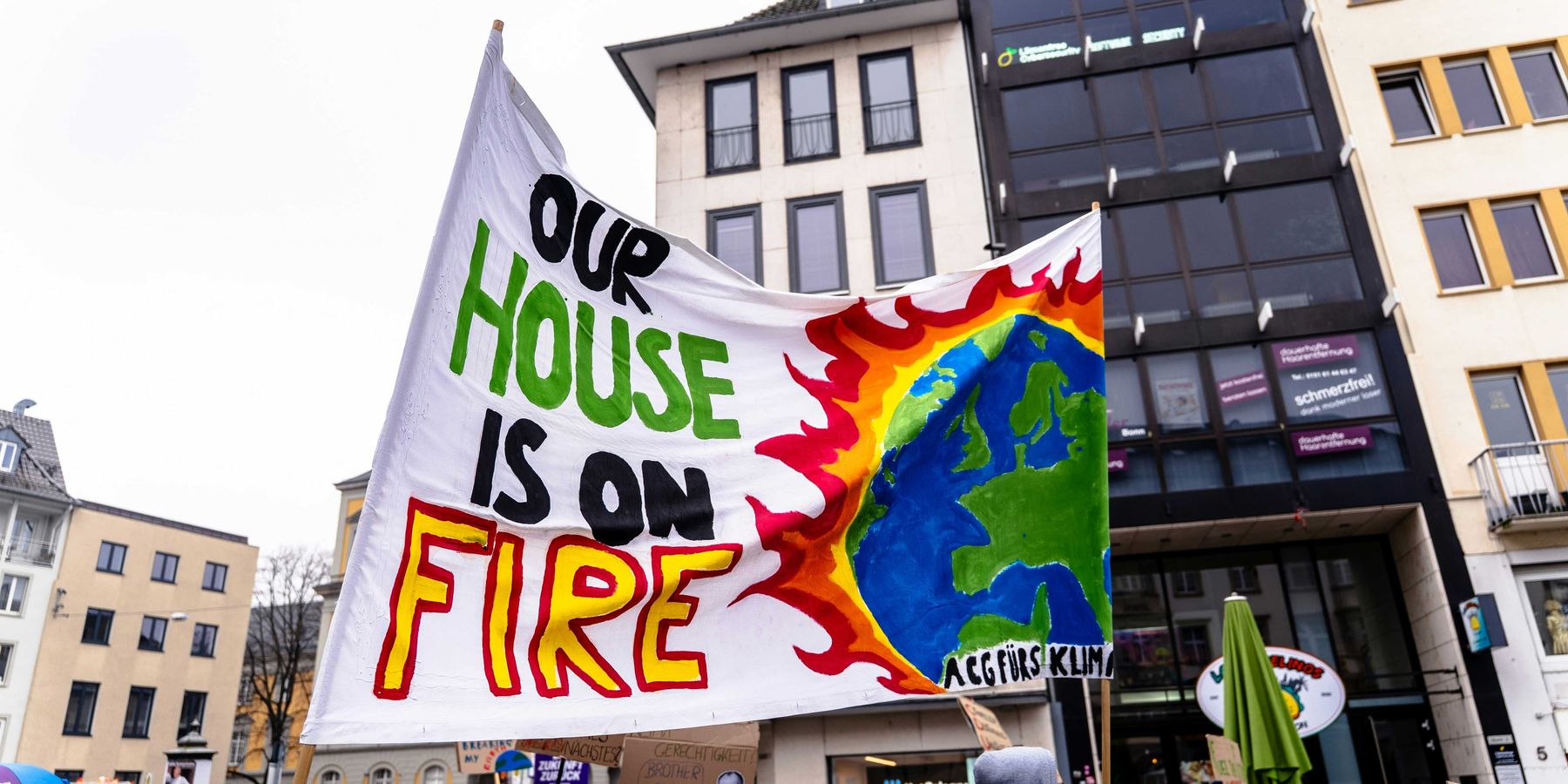Clairton's ongoing battle for cleaner air in the shadow of a steel giant
In Clairton, Pennsylvania, a fierce debate rages over the environmental impact of the nation's largest coke plant, highlighting a clash between public health concerns and industrial interests.
Kiley Bense reports for Inside Climate News.
In short:
- Clairton, home to the largest coke plant in the U.S., faces a contentious struggle over its air quality permit, balancing economic and health interests.
- Residents and environmental groups express concerns about pollution and health risks, while U.S. Steel emphasizes its compliance and economic role.
- The debate reflects broader issues of environmental justice and the challenge of transitioning from traditional industries in small American towns.
Key quote:
“We had a visitor come who is working on cleaning up coke plants around the world. She’s been to plants in China and Pakistan and Indonesia, and she said she’s never seen anything like the Clairton Coke Works: the pollution levels, the rundown nature of the facility and the scale of it."
— Matthew Mehalik, executive director of the Breathe Project
Why this matters:
This story sheds light on the critical balance between industrial progress and public health, especially in smaller communities, underscoring the ongoing national conversation about environmental justice and the need for sustainable industrial practices that protect the health of local populations.
Mon Valley has the worst air quality in Pennsylvania based on its history of federal Clean Air Act violations over the last 12 years.













